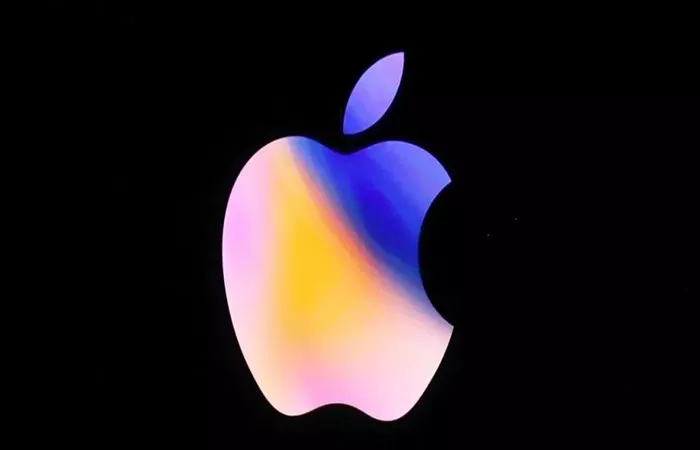“Liquid Glass” Interface and AI Enhancements Fail to Excite Investors
At its annual developer conference on June 9, Apple introduced sweeping changes to its operating system strategy while expanding AI capabilities across devices. Despite the ambitious redesign, shares closed down 1.21% at $201.45, continuing a 20% YTD decline that recently cost Apple its title as world’s most valuable company.
Unified Operating System Strategy
Key Changes:
- New “Liquid Glass” interface inspired by Vision Pro design principles
- Transition to year-based naming (e.g., iOS 26, macOS 26) replacing version numbers
- Universal UI framework across iPhone, iPad, Mac, and Vision Pro
“Consistency across our ecosystem creates a seamless experience,” said design chief Alan Dye, noting the update resolves longstanding naming inconsistencies between devices.
AI Implementation Draws Mixed Reactions
Foundation Models Framework:
- Enables on-device AI processing without cloud dependencies
- Demoed with education app creating personalized quizzes from notes
- Privacy-focused approach avoids API costs
Partnership Developments:
OpenAI collaboration brings ChatGPT integration for:
- Real-time image generation in “Image Playground”
- Screen content analysis via “Ask” button
- Enhanced translation services
Notable Absence:
- Promised Siri AI upgrades delayed without explanation
Entertainment and Productivity Updates
Media Enhancements:
- “Automix” AI DJ feature for personalized music curation
- Vocal reduction technology transforms Apple Music into karaoke platform
- Universal “Games” app replaces Game Center with social features
Vision Pro Advancements:
- Spatial computing upgrades including virtual object placement
- Sony VR2 controller compatibility coming in visionOS 26
- Expanded 3D content creation tools for developers
Market Skepticism Persists
Tech analyst Mark Gurman observed: “While the design unification pleases Apple loyalists, investors expected more substantial AI breakthroughs to reverse the stock’s underperformance.”
The developer beta launches immediately, with public testing beginning in July ahead of a fall consumer release. This phased rollout comes as Apple seeks to demonstrate innovation amid growing competition in the AI space.
Related topic:

